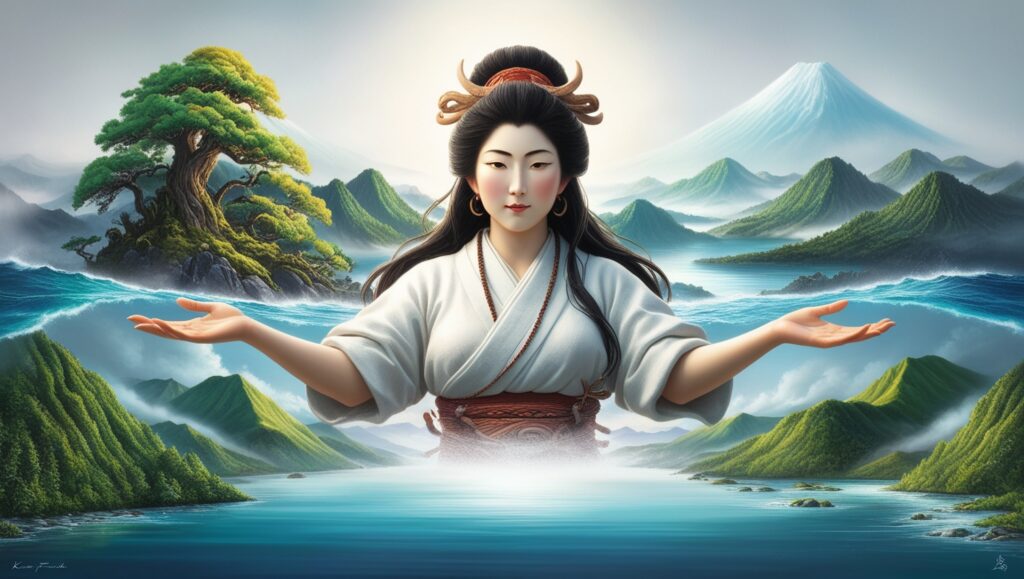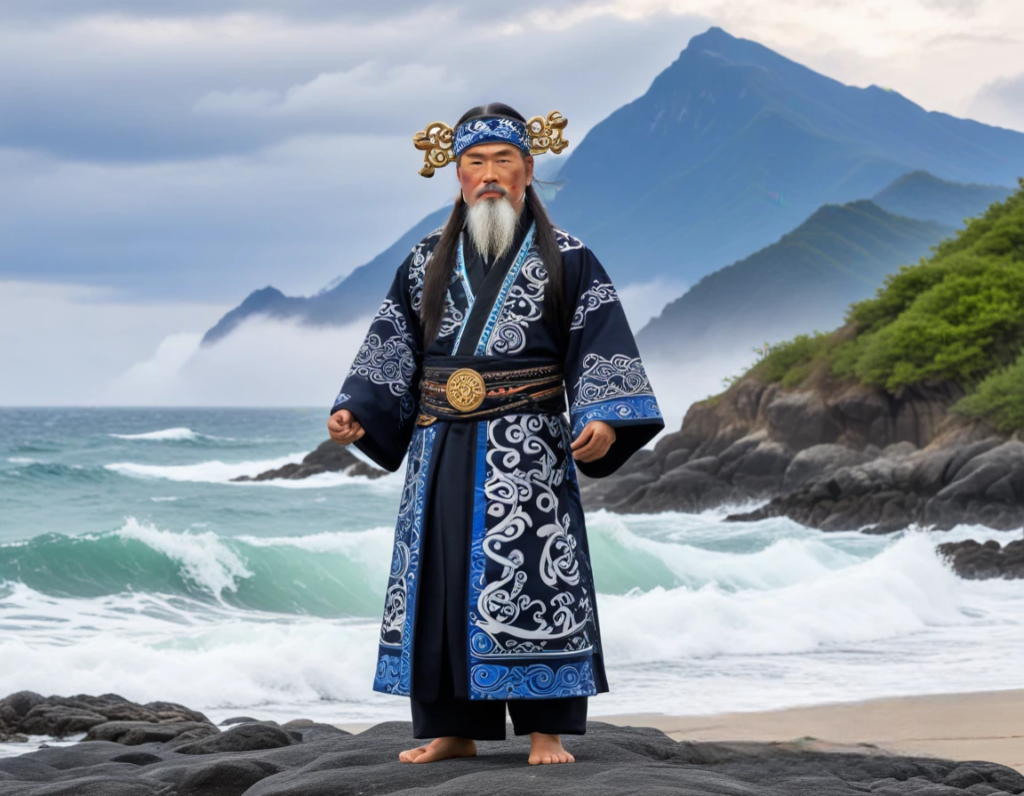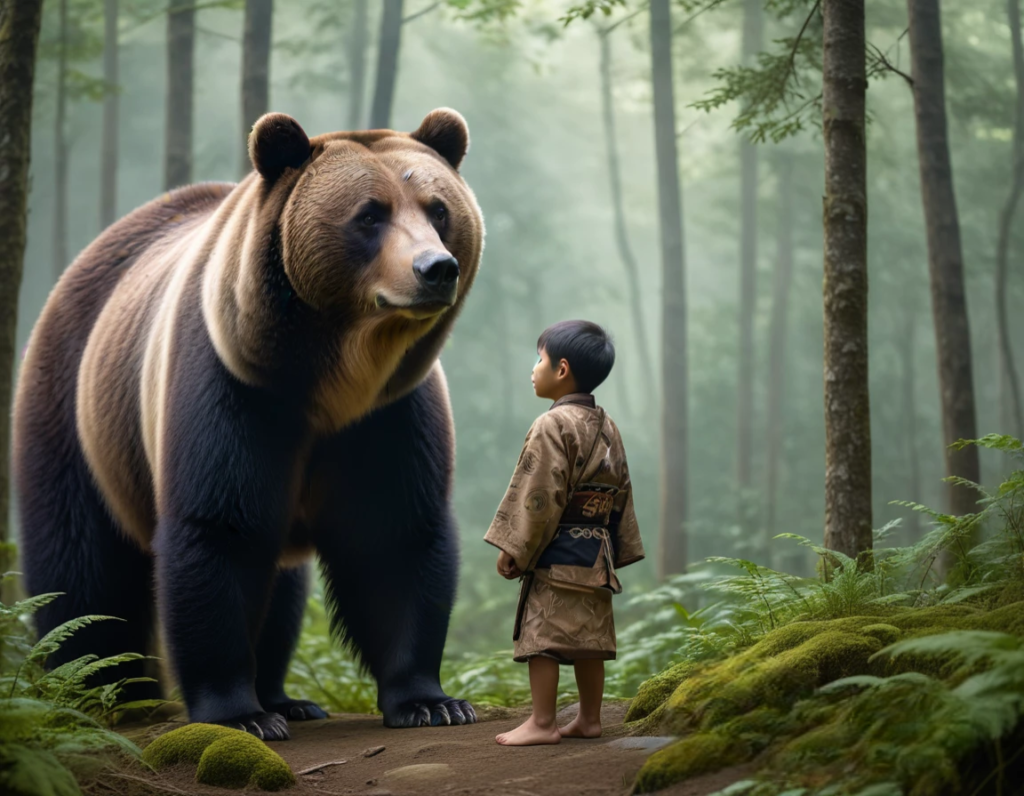Myths of the Ainu: Japan’s Indigenous People Explores the rich tapestry of stories, beliefs, and traditions that compose the culture of the Ainu. The Ainu are Japan’s indigenous people and are primarily located in Hokkaido. The Ainu have a language and customs that separate them from the majority of the Japanese people. This blog will delve into Ainu mythology, including their creation stories, deities, and their deep connection to nature.
Table of Contents
Overview of Ainu Culture
Ainulist has deep reverence for nature with its myths and life at large. According to their beliefs, the Ainus believe that every element is inhabited by spirits known as kamuy. Kamuy centralizes the mythologies concerning the world understanding in their case.
Language and Identity
The Ainu language is not Japanese, and it is a crucial part of the identity of the Ainu. Many efforts are being made to revive the language because it holds the secrets of many traditional stories and cultural practices.
Creation Myths

Ainu creation myths are a part of their worldview, which describes their relationship with nature and the cosmos.
The Creation of the World
One of the most famous Ainu creation stories tells how the world was created from chaos. First was a big ocean and nothing more. The first kamuy is Kamuy Fuchi. She is the hearth goddess, or a family protector. Kamuy Fuchi, by pulling on her clothing to grab up a piece of earth from the bottom of the sea, created mountains and valleys according to this myth.
The Origin of Humans
In another myth, human beings are said to have come from the mating of a bear and a woman. In this story, there is an emphasis on the importance of bears in the lives of the Ainu as sacred beings and directly associated with human life. In the Ainu religion, rituals were performed mainly by the people to respect the bear spirit, most of which was done through the Iomante, the ritual where a bear is sacrificed so that its favor would continue.
Gods and Spirits

Ainu mythology is rather vibrant with deities and spirits which symbolize various natural as well as humanly related aspects.
Kamuy: The Gods
Ainu have a pantheon of various kamuy such as
- Kuwappar : God of the Sea He is often prayed for to get safe fishery and rich harvest.
- Sikiyap : God of Wind It is said that sikiyap has all powers in terms of controlling weather changes and seasonal changes.
- Ikor : Spirit of the Deer It is one of the important spirits that helps for food and raw material for clothing.
Such gods are not only gods but also kept as naturalism protectors, stressing the value placed on nature by the Ainu.
Nature as an Imaginary World
Ainu religion believes that natural phenomena like rivers, mountains, and animals have spirits within them. In order to be harmonious and balanced with these aspects, the Ainu performs rituals before hunting so they could receive the spirit’s blessing and gratitude and ask for its respect so the spirits of the animal can live harmoniously, so that there will not be a hunt without asking and being forgiven.
Myths Reflecting Ainu Values

The myths often carry a moral message and reflect the values that their society teaches them; for example, respect toward nature, respect toward one’s community, and regard for family.
Story of the First Bear Hunt
One of the popular stories is the first bear hunt. In this story, a young Ainu boy learns the significance of paying respect to the bear spirit. After killing a bear, he was visited by the spirit of the bear in a dream reminding him of the gratitude and respect for the life taken. This myth has the Ainu believe that every hunt should be done with rituals of appreciation honoring the spirit of the animal.
Community and Cooperation
Another Ainu story shows that teamwork within the community is essential. This is the one where a group of villagers ventures out to look for an absent spirit that has flown into the mountains. Once they all work together to get it back, then their work will be complete, thus exemplifying the importance of a collective Ainu community and work force.
Conservation of Ainu Myths

There is renewed interest in Ainu culture these days, especially among the youth. There is a need to preserve and propagate Ainu mythology and traditions so that the cultural identity of the Ainu does not get lost.
Initiatives for Revival
Cultural organizations and local governments are recording and teaching Ainu myths, language, and traditions. Events that have gained popularity are storytelling events, workshops on traditional crafts, and performances that help to maintain rich heritage for future generations.
Challenges and Future
Despite this, the Ainu remain to till this day in a hard time to reclaim some roots. Historical marginalization and discrimination in general have discouraged many Ainu to seek their roots. However, with the global awareness and appreciation of indigenous cultures, hope floats for the Ainu myths and traditions.
Conclusion
The Myths of the Ainu: Japan’s Indigenous People is an enlightening book about a rare culture that believes in the coexistence of man with nature, community, and respect for all living things. The Ainu people retain their identity and beliefs by keeping alive their myths. The stories will be inspirational and educational for future generations if they are allowed to survive. Understanding and appreciating Ainu mythology brings a greater appreciation of diverse narratives that shape our world.
What do you find the most interesting about Ainu myths? Share your opinions in the comments below!
